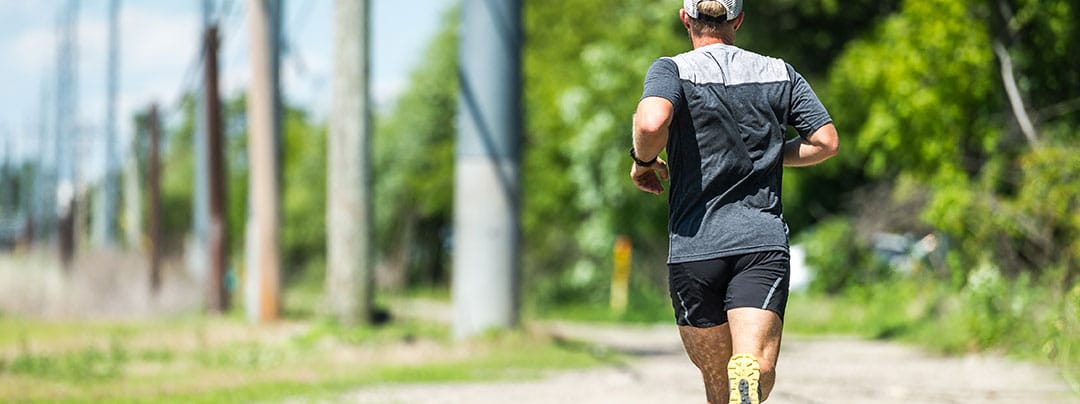Do you suffer from lower back pain while running?
If so, you’re not alone.
40 million Americans regularly run, and thousands of them have to stop running every year due to pain and injuries.
If you’re wanting to get back into running despite your lower back pain, you’re in the right place. Let’s talk about what’s going on, and how to enjoy running again, safely…
How common is lower back pain for runners?
Running isn’t the first thing that comes to mind for most people when they think about back pain, but it’s actually incredibly common.
Why is that?
Running is supposed to be the thing that everyone can do if they want to stay fit, right?
If that’s the case, then why is lower back pain so common in runners?
There are lots of possibilities, but here is one of the most common; it’s called extension intolerance.
Let’s talk Extension Intolerance
Extension intolerance sounds scary, but it’s really not, and it’s relatively simple to address. So, what is it?
Extension intolerance is when the tissues of and surrounding the back side of the spine become sensitive and painful due to compression, compression that happens when the spine is in extension.
The main culprit for this pain is typically the facet joints, which are the small joints between the vertebrae.

Over time if these joints stay compressed, they get very angry.
So the question is, how does this apply to runners?
The short answer is strength balance, specifically strength balance of the muscles that flex and extend the lower spine and the mobility of the hip flexors.
Strength Balance is crucial
In a nutshell, strength balance is the balance between forces on either side of a joint. If you have significantly more strength on one side of the joint, everything gets pulled in that direction. In this case, we’re talking about the muscles of the anterior trunk that flex the lower spine, think the abdominals.
If the abdominal muscles are relatively weak compared to the spinal extensors, the resting position of the spine becomes biased even more toward extension than it naturally already is.
The simple solution is to strengthen the core musculature, which can be done in any number of ways, but we prefer unilateral carries such as a single-arm farmer carry and crawling variations. We prefer these types of exercises because they keep the movement of the spine dynamic and easily transferable to real life activities, like running.
And then there’s Hip Flexors
When we run, the back leg is in a position of hip extension and knee flexion, like in this photo.

This position puts the hip flexors on maximum tension and if you don’t have sufficient hip flexor mobility then this is a problem.
Why?
When your hip flexors don’t have enough mobility to facilitate a specific movement, the lack of mobility has to be made up from somewhere.
That somewhere is your lower back because your hip flexors attach to the front of your pelvis, and the momentum of your legs swinging backward thousands of times every time you go for a run pushes your lower back into an increasingly irritated extension position.

Edit your caption text here
So the solution here is to increase hip flexor mobility. However, the best route for doing so isn’t stretching.
Why?
Most people have chronically weak hip flexors, which is why they complain about feeling tight all the time.
The feeling of tightness isn’t a cue that they need to stretch; it’s a cue that those muscles are weak and need attention because they feel vulnerable.
Again, there are near-infinite ways you can strengthen your hip flexors, but we’ve found great success in using banded hip flexion exercises as they’re easy to load hip flexion through the full range of motion.
Here is an example of an exercise that we often use with our clients who have back pain while running.
We’ve helped over 14,000 people get out of pain and regain their active lifestyles.
If you found this article helpful and you’re interested in getting individualized help from one of our Rx Professionals, book a call below.

